What’s new in MediaConch 16.08
Local GUI
- New policy editor
- minor fixes
- Policy Editor: closes messages when user changes the policy/rule
- Checker: remove a node is not saved
- Checker: fixed hadling of files with special characters
- Added ctrl-q shortcut to quit
- Better handling of user path
Online GUI
- Policy Editor: closes message when user changes policy/rule
CLI
- Checker: fixed handling of files with special characters
- Better handling of user path
Latest Downloads
Download MediaConch’s latest release or a daily build.
MediaConch now supports plugins including VeraPDF and DPFManager!
Updates
Sign up for our upcoming MediaConch webinar on Thursday, September 15th at 3pm CET / 9am EST / 6am PST (for the early risers!).
MediaArea folks and PREFORMA at large will be hosting a workshop and giving talks at iPRES in Bern, Switzerland on Wednesday, October 5th! Check out the Workshop 3: Quality Standards for Preserving Digital Cultural Heritage as well as Ashley Blewer’s talk on CELLAR and the standardization of digital preservation.
In case you missed it, here is a great synopsis and a review by Erwin Verbruggen of our pre-IETF Berlin Symposium: No Time to Wait!: Standardizing FFV1 & Matroska for Preservation held July 18th – 20th. You can also check out ample documentation and links to videos of the talks.
The MediaConch project and this symposium has received funding from PREFORMA, co-funded by the European Commission under it’s FP7-ICT Programme.
Feedback
MediaArea is eager to build a community of collaborators and testers to integrate the software in their workflows and participate in usability testing. Please contact us if you’d like to be involved!


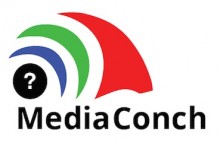
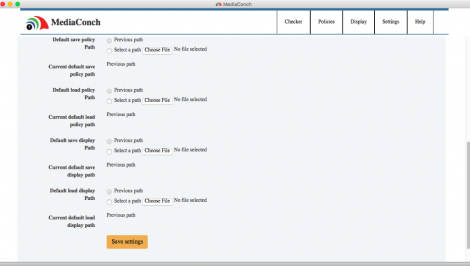
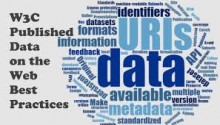
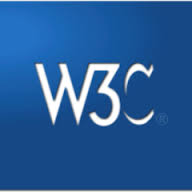 The
The 
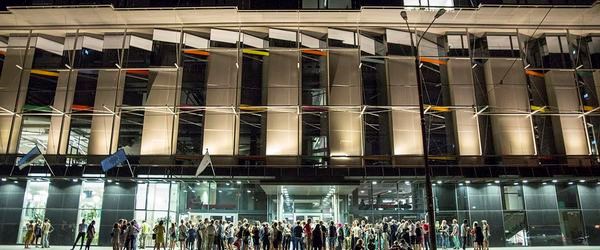
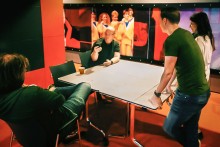
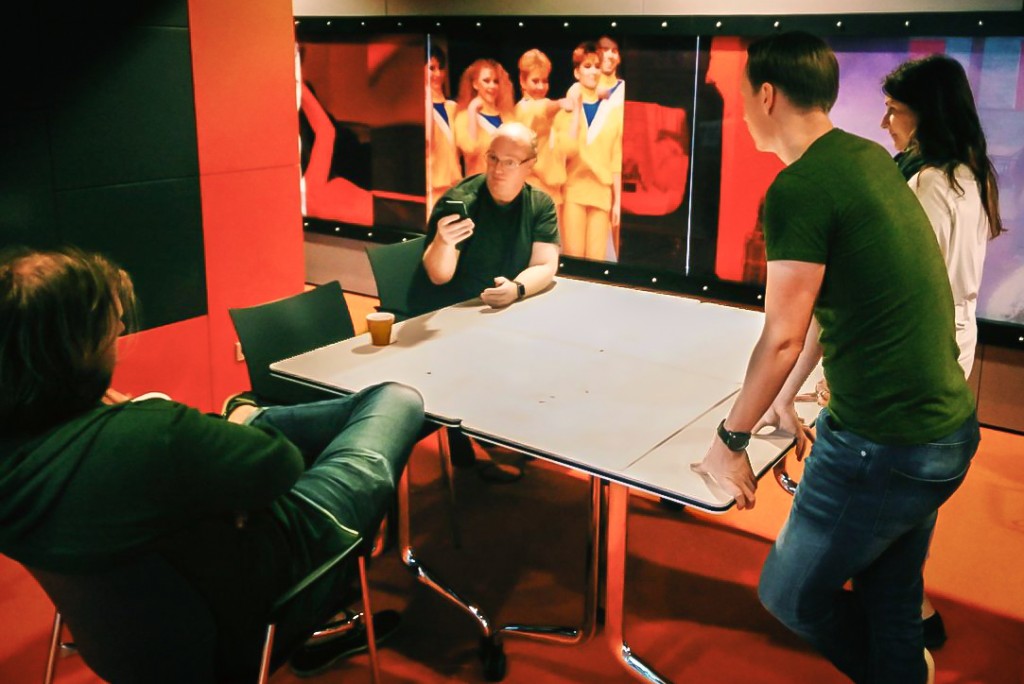
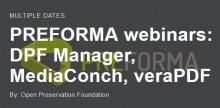
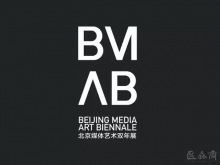
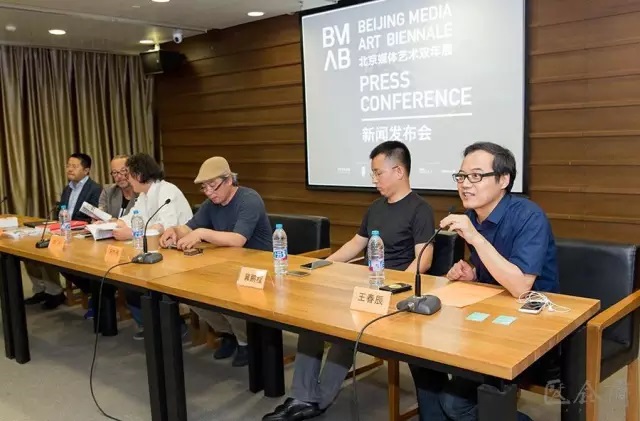

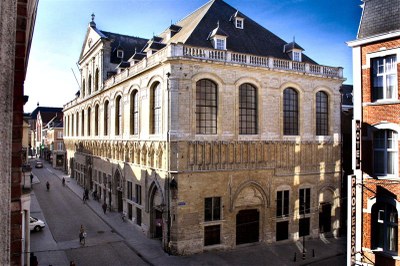
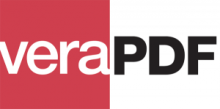
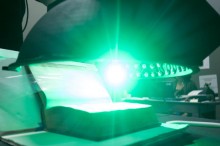
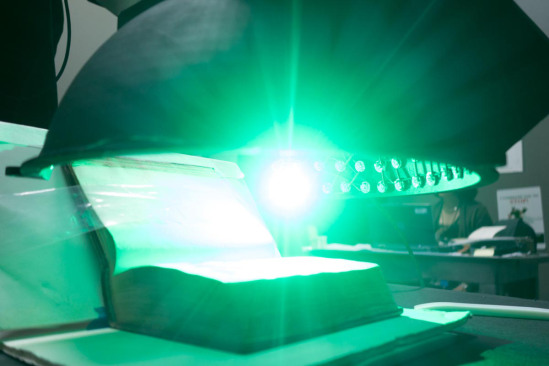
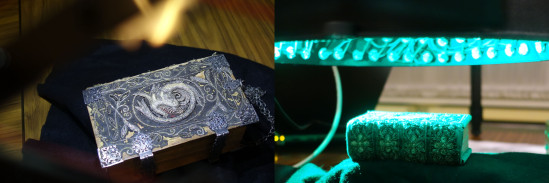
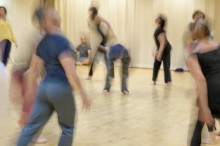
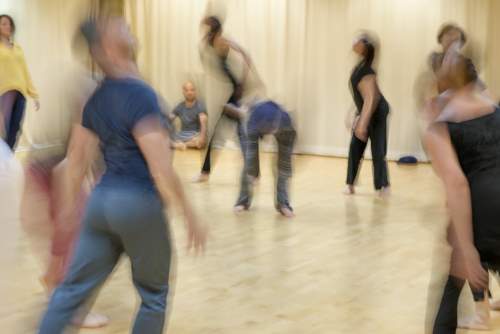
 If you have interesting news and events to point out in the field of digital cultural heritage, we are waiting for your contribution.
If you have interesting news and events to point out in the field of digital cultural heritage, we are waiting for your contribution.







































